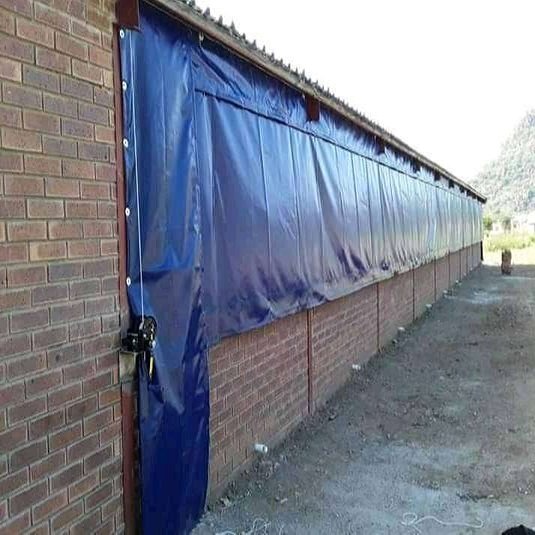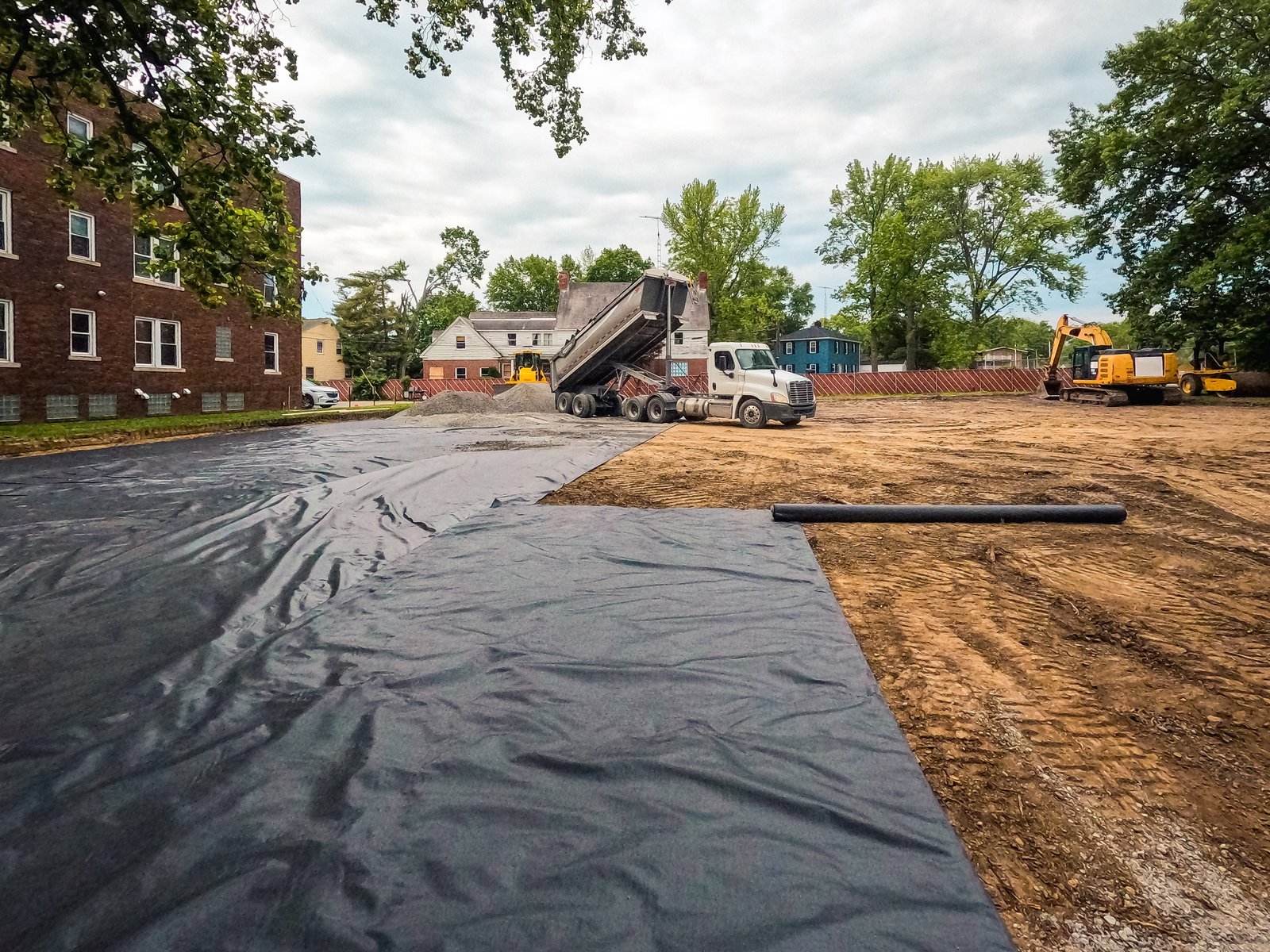
The Versatile Uses of
Tarpaulin, often referred to as "tarp," is an incredibly versatile and indispensable material that has earned its place in a variety of applications. Made from durable and water-resistant materials such as polyethylene or PVC, tarpaulins are designed to withstand harsh conditions, making them invaluable across industries and households alike. Whether it's offering protection against extreme weather, playing a pivotal role in construction, or serving as a handy tool for outdoor activities, tarpaulin proves itself to be one of the most practical resources in modern life. Let’s explore its wide-ranging uses in more detail.
Shielding Against the Elements
One of the most common uses of tarpaulin is for weather protection. Its robust design provides an affordable solution for shielding objects and spaces from rain, sunlight, and wind.
- Applications:
- Covering construction materials to prevent weather-related damage.
- Protecting outdoor assets such as furniture, vehicles, and boats.
- Acting as temporary roofing for homes and structures under repair.
By providing a reliable barrier against the elements, tarpaulin helps preserve valuable items and maintain operations in adverse conditions.

The key for us, number one, has always been hiring very smart people.
Lamont Shaun
Creating Shelter and Camping Essentials
Tarpaulins are a staple for outdoor enthusiasts and emergency responders alike. Their lightweight and portable nature make them ideal for creating quick and effective shelters.
- Applications:
- Constructing temporary tents or awnings during camping trips.
- Serving as ground covers to keep camping areas clean and dry.
- Providing emergency housing during natural disasters such as floods or earthquakes.
These uses highlight tarpaulin’s importance in situations where practicality and speed are essential.
Supporting Agricultural Activities
In the agricultural sector, tarpaulins offer critical support by protecting produce, livestock, and equipment from environmental damage.
- Applications:
- Shielding harvested crops from rain or harsh sunlight.
- Creating shaded areas for livestock during extreme heat.
- Acting as weed barriers when used as ground covers for soil beds.
By safeguarding resources and improving efficiency, tarpaulins contribute to sustainable agricultural practices.


